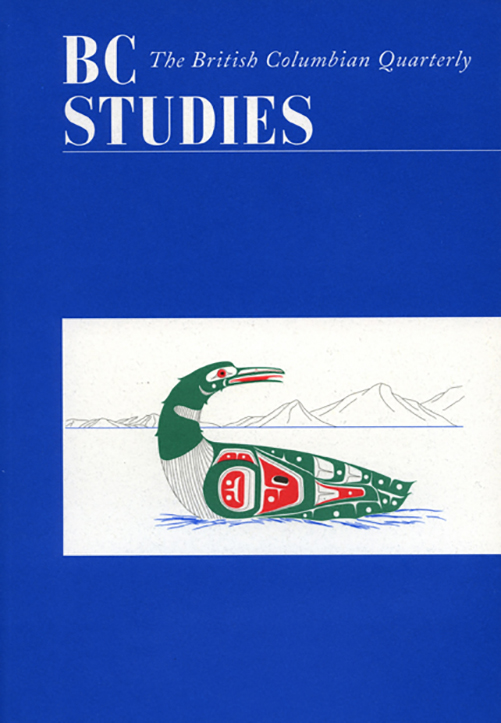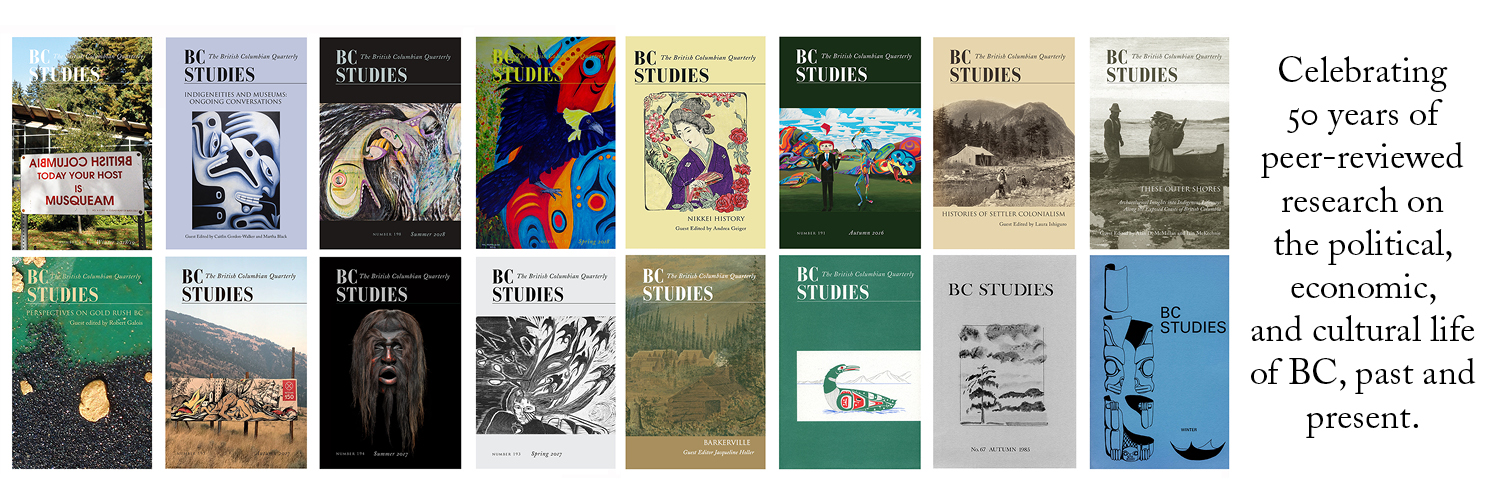Queering Vancouver: Where LGBTQism meets Vancouverism in the Creative City
DOI:
https://doi.org/10.14288/bcs.v0i188.186058Keywords:
Vancouverism, creative city, LGBTQ right to the city, LGBT, city planning, VancouverAbstract
Vancouver appears to offer a textbook case of progressive tolerance and LGBTQ diversity: factors which work as part of a new urban policy ensemble to attract people and capital (Brunet-Jailly 2008; Florida 2009, 2002; Donald and Morrow 2014). We argue that this assumption should be critically examined, and the constitutive social and political narratives framing the queer ‘right’ to the so-called creative city need to be investigated carefully in place-making. This article charts the advent of an LGBTQ advisory committee in Vancouver city governance against a backdrop of historic identity engagement, which, while signalling an important arrival in the doctrine of urban planning dubbed ‘Vancouverism’ in international urban circuits, is equally a sign that much still needs to be done to effect authentic ‘queering’ of the city. Both the Davie Village in the West End and the Drive in the East survive as queer spaces, planning processes have recognized and considered the points of view of LGBT constituencies, and the struggle to preserve, strengthen, and reinvent queer space continues. Hopefully, new gay-friendly spaces will continue to emerge to challenge the perpetuation of Davie Village privilege in city politics (Lewis 2013) and new forms of queer cultural production to mark those spaces (Yue and Zubillaga-Pow, 2012; Muller Myrdahl 2011).



